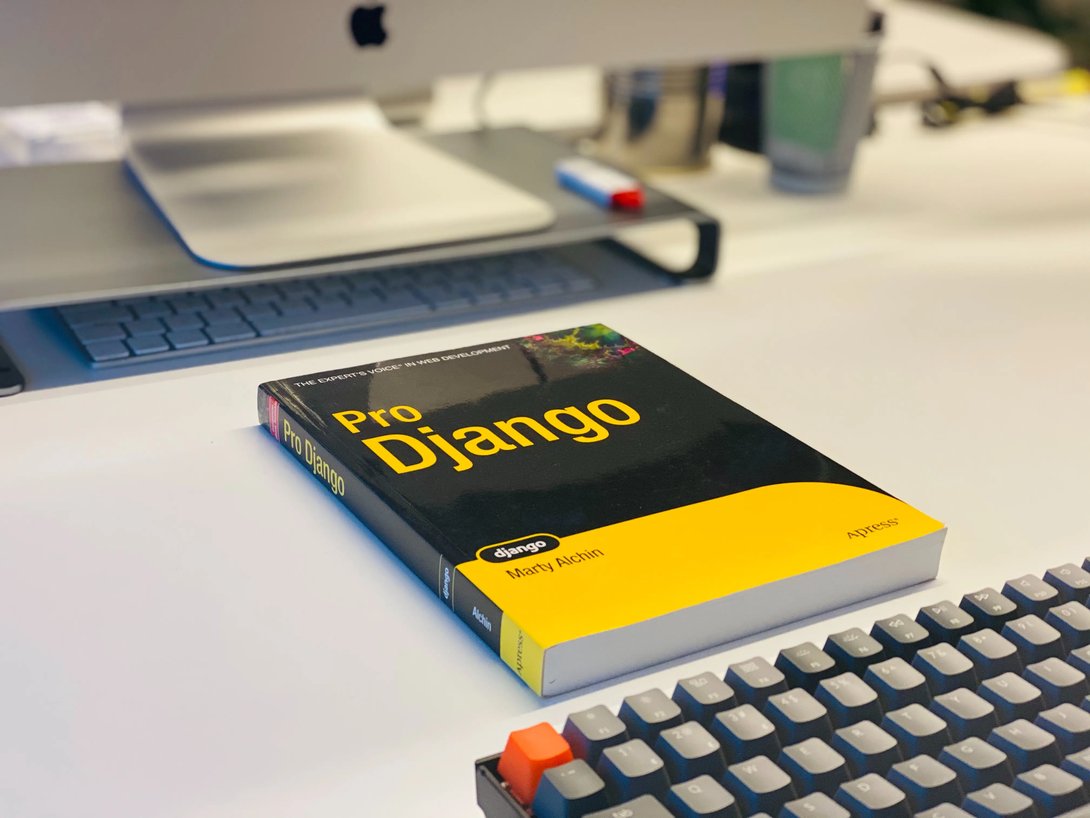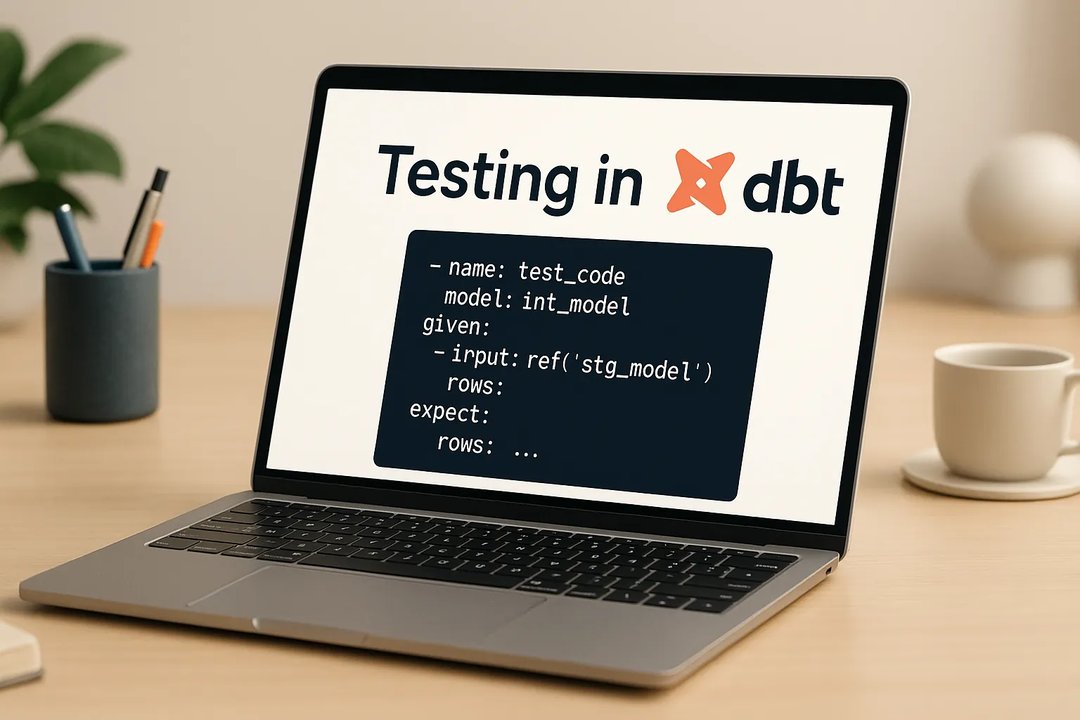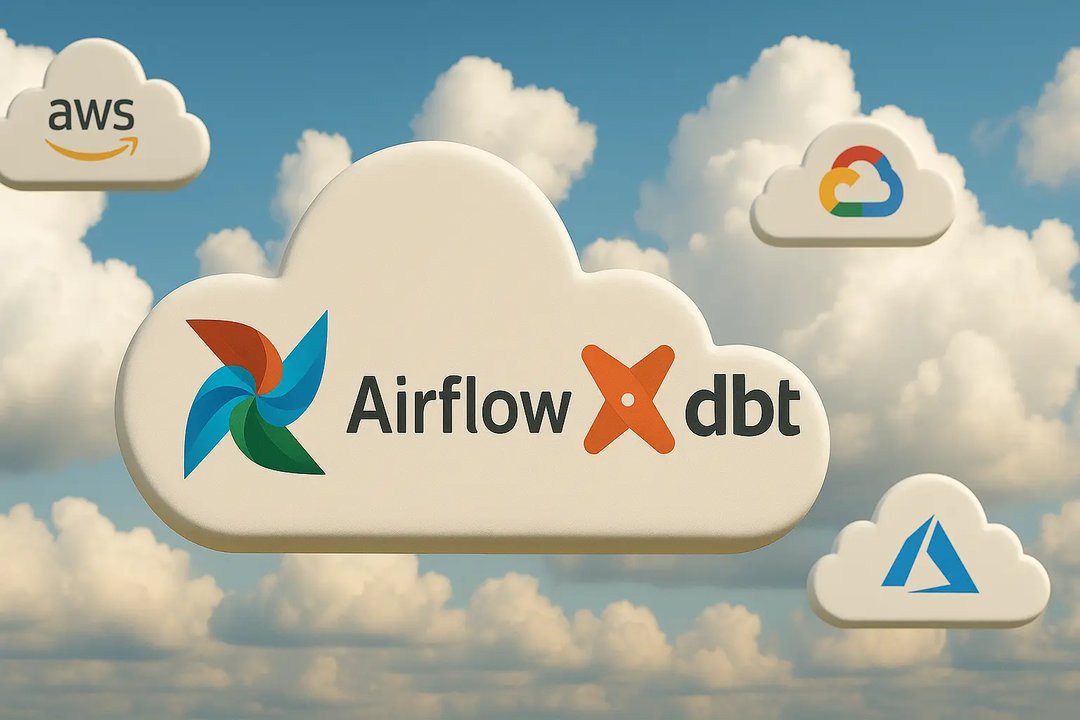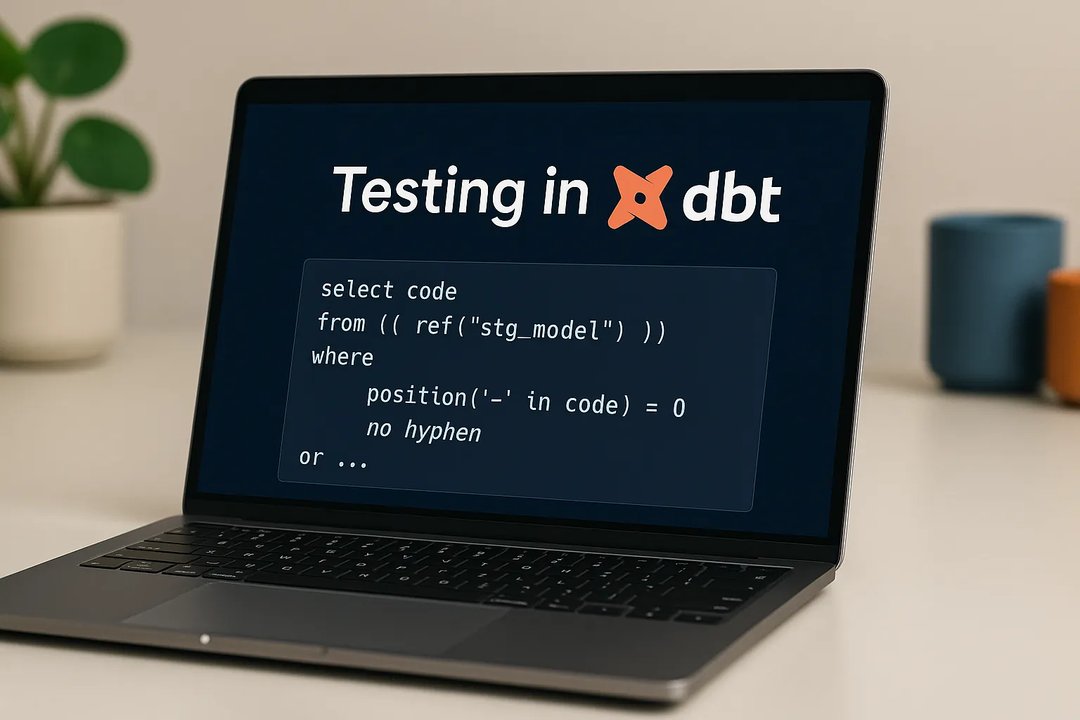
Sławomir Sawicki
4 January 2023, 7 min read

What's inside
- Intro
- Django basics
- How to get started with Django
- Where to get help when you’re stuck
- Contact us
- Sunscrapers Guide to the Django REST Framework
- Articles mentioned in the post
Intro
Django is the largest and most popular Python web framework used by over 5 thousand websites. The story began in 2003 when Adrian Holovaty and Simon Willison from Lawrence Journal-World decided to leave the PHP language and use Python instead.
Django was released to open source under a BSD license in 2005 and has been developed by international volunteers. Django Reinhardt inspired its name. Django has become popular, counting giants like Disqus, Instagram, Pinterest, Mozilla, Bitbucket, NASA, The Washington Post, and Eventbrite among its users. Why has Django stolen the hearts of so many developers? Primarily because it’s well-tested and written according to the DRY rule.
Read on to learn more about Django and learn how to take your first steps in the framework.
Django basics
Since Django is the most popular Python framework, much content is written about it. Here are a few things every beginner should know.
- Django is an “MTV” framework
If you look at the Django Book, you’ll learn that Django follows the MVC pattern closely enough to be called an MVC framework. The model layers are close enough for that. But there’s also a difference between view-controller and template-view, where Django’s view is more like the controller in MVC, and the view from MVC looks more like a template in Django. In Django, the view is a callback function for a particular URL, so to understand the difference better, let's say that in MVC, the user uses the controller to perform manipulations on data, and the view prepares data coming from the output model.
In MTV, on the other hand, the user uses the idea to perform manipulations on data. The view also prepares data from the model, passing them to a template rendered and emitted as a response. Finally, the controller in Django is hidden from view, or better - the entire Django is a controller.
- Django has good performance and is scalable
According to sources from Djangoproject.com, Django can handle traffic of over 50 thousand hits per second, making it an excellent choice for websites with many users and solutions requiring frequent server inquiries.
Moreover, Django uses a 'shared-nothing' architecture. That means we can add as many pieces of hardware as we need.
- Django has an automatically generated Admin Panel
One of the top advantages of Django is the automatically generated Admin Panel. The admin panel is generated based on Django’s ORM and offers developers functionalities such as user management, group and individual user permissions management, and data management options from our database.
It’s also great if you want to develop custom futures, and it can be used like a CMS. However, it's worth pointing out that Django is not only good for CMS apps: the Admin Panel is only one of the modules, and still, Django is great to pick for building non-CMS systems.
- Django supports many database and cache engines
Django supports many database engines like PostgreSQL, MySQL, SQLite, and Oracle. Most developers recommend using PostgreSQL, but that’s probably because they’re PostgreSQL fans. I think MySQL works just as well.
Django doesn’t officially support NoSQL databases. But since the Django community is large and enthusiastic, there are a couple of open-source solutions like Django non-rel. Django also supports cache engines like Memcached, PyLibMC, Database, File Based, Local Memory (LocMem), and Fake cache for development (Dummy).
- Django contains its template language
Django has its own template system, but there are no contraindications to using the template language you prefer, like Jinja2, Chameleon or Mako.
The authors of Django say:
We happen to think our template engine is the best thing since chunky bacon, but we recognize that choosing a template language runs close to religion. There’s nothing about Django that requires using the template language, so if you’re attached to Jinja2, Mako, or whatever, feel free to use those.
- Django contains its famous database abstraction layer
Django’s ORM is one of the best database abstraction layers I’ve ever seen! There’s a lot of content out there about how to use it or adapt our existing database to be used in Django during migration.
For Django 1.6 and above, there exists an available built-in migrations module. Although Django doesn’t officially support databases like MongoDB, you can find an open-source library called Django MongoDB Engine provided by django-nonrel.
However, remember that Django's Admin Panel is closely related to Django's ORM, so if you decide to leave the built-in ORM, the Admin Panel will no longer be available!
How to get started with Django
The best way to start with Django is to follow the story published on the official Django website. Have a look at the introduction, “Write your first Django app”, with two advanced tutorials, “How to write reusable apps” and “Writing your first patch for Django”. For more advanced developers, we recommend these Django tutorials and books.
- If you need to gain experience in Python, read this: 12 best Python tutorials for beginners.
That’s an excellent way for beginners to start Django and for more experienced developers to return to it if they had a long break with this framework.
During the introduction, learners create a public site that allows viewing polls and voting, with an administrative interface where the user can add, change and delete polls. You can learn how to start a Django project and create a new app, manage and customize the Admin Panel, build and migrate the database, use the built-in template system, write tests and manage routes.
To learn how to install and use Django, visit the FAQ sections install & usage.
Where to get help when you’re stuck
Before reaching out for help from more experienced developers, it’s a good idea to turn to Google. The fact that Django's community is so large means you’re probably not the only person experiencing the problem.
However, if you need someone’s help, you can use Django’s mailing list or post a question on StackOverflow. If you’re planning to post on StackOverflow, it's worth checking whether someone has already asked a similar question. StackOverflow members tend to be quite sensitive about duplicates.
Another great idea is joining the #django irc channel on freenode and ask your question. Learn more about the channel’s rules. Ask your question and wait for replies. Your question should be concise and specific - it’s best to frame it in a single sentence. Avoid spamming the channel; never write private messages unless someone writes to you. Be kind.
I hope this guide to Django makes you even more enthusiastic about taking the first steps with this fantastic framework. If you have any questions, feel free to add them in the comments section, and I’ll do my best to respond.
Contact us
At Sunscrapers, we have a team of developers and software engineers with outstanding technical knowledge and experience. We can build your project successfully.
Talk with us about hiring Python and Django developers and work with the best. Sunscrapers can help you make the most out of Python, Django, and other technologies to put your project to the next level.
Contact us at hello@sunscrapers.com
Sunscrapers Guide to the Django REST Framework
You have to download our Ultimate Guide to the Django REST Framework.
From this ebook, you’ll
- learn how to build a functional REST API
- learn how to avoid issues like spaghetti code or antipatterns
- improve your Django skills


